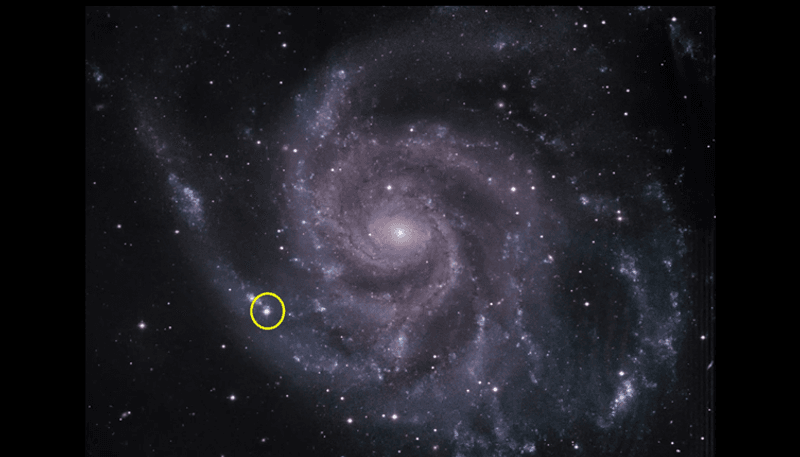Life is a fickle thing, and to understand the potential for life beyond Earth we continue to test how microorganisms deal with extreme conditions. The latest experiment looked at how fungi and lichens would fare on the Red Planet.
European scientists collected fungi from Antarctica, and lichens from the Sierra de Gredos (Spain) and the Alps (Austria), and they sent them to the International Space Station (ISS) to experience conditions similar to Mars. After 18 months, the team analyzed the samples and discovered that more than 60 percent of the cells were intact and with stable DNA. The results indicate that the harsh conditions of Mars might not be an insurmountable obstacle, and these extremophile species might survive.
The Antarctic fungi were collected in the McMurdo Dry Valleys, an area that is considered to be the most Martian-like environment on Earth, due to its dryness and sub-zero temperatures. Along with the European lichen species, the fungi were placed in EXPOSE-E, an experiment platform developed by ESA that was attached to the outside of the ISS.
The microorganisms were in a Mars-like atmosphere, made almost entirely of carbon dioxide, and at a low pressure (0.01 atmospheres). Using optical filters, the samples were subjected to the same ultraviolet radiation they would experience on Mars.
"The most relevant outcome was that more than 60 percent of the cells of the endolithic communities studied remained intact after 'exposure to Mars', or rather, the stability of their cellular DNA was still high," said a co-researcher on the project, Rosa de la Torre Noetzel from Spain's National Institute of Aerospace Technology, in a statement
"The results help to assess the survival ability and long-term stability of microorganisms and bioindicators on the surface of Mars, information which becomes fundamental and relevant for future experiments centred around the search for life on the Red Planet," she added.
The findings, published in the journal Astrobiology, might seem in contrast to the lack of bacteria in the Antarctic permafrost reported by IFLScience last week, but both studies tell us something profound about life in the universe. Yes, there are evolved life forms that could survive in extreme extraterrestrial environments, but there’s a significant difference between surviving and thriving.




